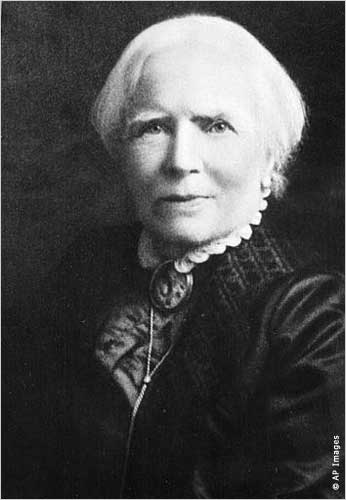I admit it, I wrote fiction last night instead of writing my Ada Lovelace Day post. Tsk. But I wanted to tell you about a woman of science anyway, even a day late.
In 2009, I wrote about a woman who’d influenced me even though she was long dead. Last year I wrote about a woman who helped to pave the way for others to enter traditionally male fields like medicine and science.
This year, I chose Maria Mitchell, the first female professional astronomer in the United States. Born on Nantucket in 1818, she attended Cyrus Peirce’s school for young ladies but was largely self-educated.
Discovering a telescopic comet in 1847 was the result of much hard work, study, and time spent behind a telescope, but it seems to have been what brought her to the notice of the scientific establishment. Prior to that, she was a teacher and librarian, both acceptable female professions.
Afterward, her life must have changed dramatically. She became the first woman member of the American Academy of Arts and Sciences in 1848 and of the American Association for the Advancement of Science in 1850. She became the first professor of astronomy at Vassar College in 1865.
Mitchell was also active in the women’s suffrage movement, and in protesting slavery. She must have been ferociously brilliant, and worked very hard at her passions, but also stood up for what she thought was right.
If you’d like to know more, Google books has a collection of Mitchell’s writings published in 1896, seven years after her death.
(And yes, I did recently read Juniper, Gentian, and Rosemary, by Pamela Dean.)
